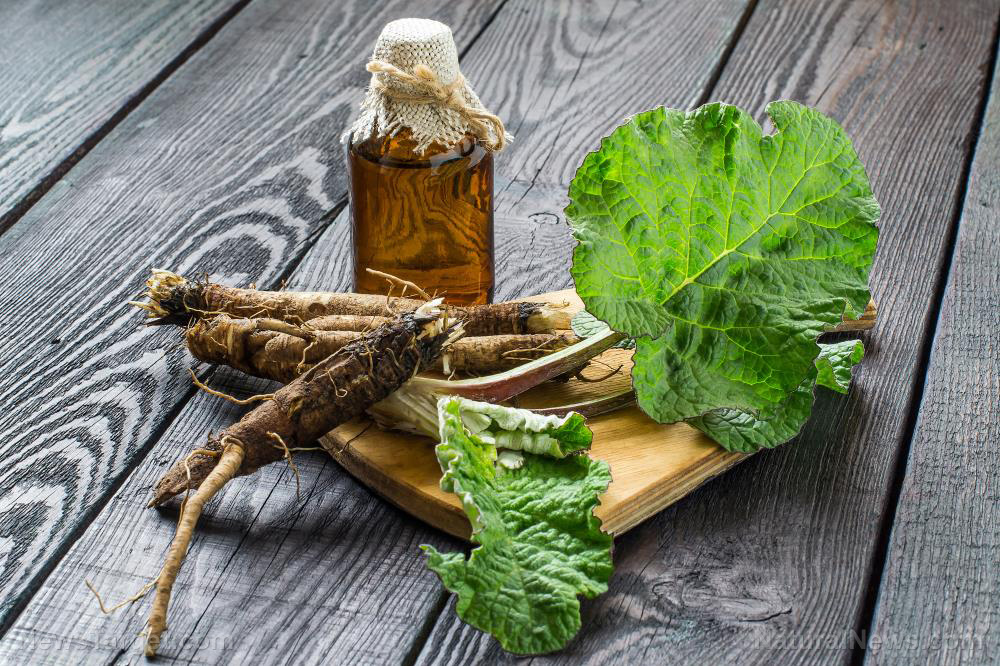A native Mediterranean mushroom found to protect the liver from disease
12/22/2018 / By Ellaine Castillo

People with high blood sugar exhibit high lipid levels brought about by excessive intake of fatty foods — a condition called hyperlipidemia. When left untreated, hyperlipidemia can pave the way for other diseases like atherosclerosis and fatty liver. If certain foods can cause hyperlipidemia, there are also foods that can prevent it. A study, published in BMC Complementary and Alternative Medicine, revealed that the edible mushroom Pleurotus eryngii can reduce lipid levels and protect the liver.
In hyperlipidemic patients, there is an increase in the bad cholesterol, low-density lipoprotein cholesterol (LDL-C), while the good high-density lipoprotein cholesterol (HDL-C) levels are reduced. Altered lipid levels have been shown to inhibit the activity of antioxidant enzymes in the body, which causes free radicals to build up and induce oxidative damage. Since the liver serves as a storage for excess fat, it is susceptible to damage caused by the fat buildup and oxidative stress.
There are more than 95 million people that have been diagnosed with hyperlipidemia in the U.S. alone, which is why this problem should immediately be addressed. Although there are prescription drugs for treating hyperlipidemia, these are associated with adverse side effects and are not advised for long-term use. Because of this, people are now turning to natural antihyperlipidemic substances.
One of the potential alternatives that researchers considered is P. eryngii, a mushroom that originated from the Mediterranean region. Previous studies have shown that P. eryngii contains many bioactive compounds, including polysaccharides, sterols, and peptides. Among these, polysaccharides were shown to be the most potent since it has antioxidant, anti-aging, antivirus, and anti-lipid peroxidation properties. Aside from these, polysaccharides are also highly stable, water-soluble, and non-toxic, which makes them suitable for medicinal applications. Although there have been studies regarding the antihyperlipidemic effects of polysaccharides from P. eryngii, none of these focused on exopolysaccharides.
In this study, the researchers conducted both in vitro and in vivo evaluations of exopolysaccharides from P. eryngii. For the in vitro studies, they first determined what monosaccharides were present in the samples. They then proceeded to evaluate antioxidant activity based on free radical scavenging activity and reducing power. Results showed five different monosaccharides were present in exopolysaccharides. These were arabinose, xylose, mannose, galactose, and glucose. The researchers also observed that the exopolysaccharides have potent antioxidant activity. This is important since antioxidants prevent oxidative stress from inducing inflammation.
The in vivo experiments were performed on Kunming strain mice that were perfused with high-fat emulsion than the exopolysaccharides. After 28 days of this treatment, the liver and serum samples were collected from the mice and subjected to biochemical and histopathological analysis. Aside from these, the toxicity of exopolysaccharides was also determined. The results showed that without the exopolysaccharide treatment, the mice experienced an increase in body weight and liver weight, which could be a sign of fatty liver. They also had elevated triglyceride, total cholesterol, and LDL-C levels while HDL-C was reduced. Additionally, the activity of antioxidant enzymes was significantly reduced. In mice perfused with exopolysaccharides, all of the aforementioned effects of the high-fat emulsion were improved, proving that the exopolysaccharides can be used to treat hyperlipidemia.
“[Exopolysaccharides] exhibited potential and impressive prevention effects on high-fat diet-induced hyperlipidaemia in mice that were similar to those of the prophylactic agent simvastatin, demonstrating that polysaccharides can be exploited as potential natural drugs and functional foods for the prevention and treatment of hyperlipidaemia,” the researchers concluded.
Based on these results, it can be determined that exopolysaccharides from P. eryngii can be utilized for the treatment of hyperlipidemia since it has antioxidant, antihyperlipidemic, and hepatoprotective properties. These properties make it a good alternative for harmful prescription drugs. (Related: STATINS RED ALERT: Widely prescribed drugs act as cellular poisons that accelerate aging… deactivate DNA repair… promote diabetes, muscle fatigue and memory loss.)
Learn more about other foods that protect the liver by visiting Health.news today.
Sources include:
Tagged Under: antihyperlipidemic, antioxidant, fatty liver, food cures, food is medicine, Hepatoprotective, high-fat diet, hyperlipidemia, Pleurotus eryngii

















